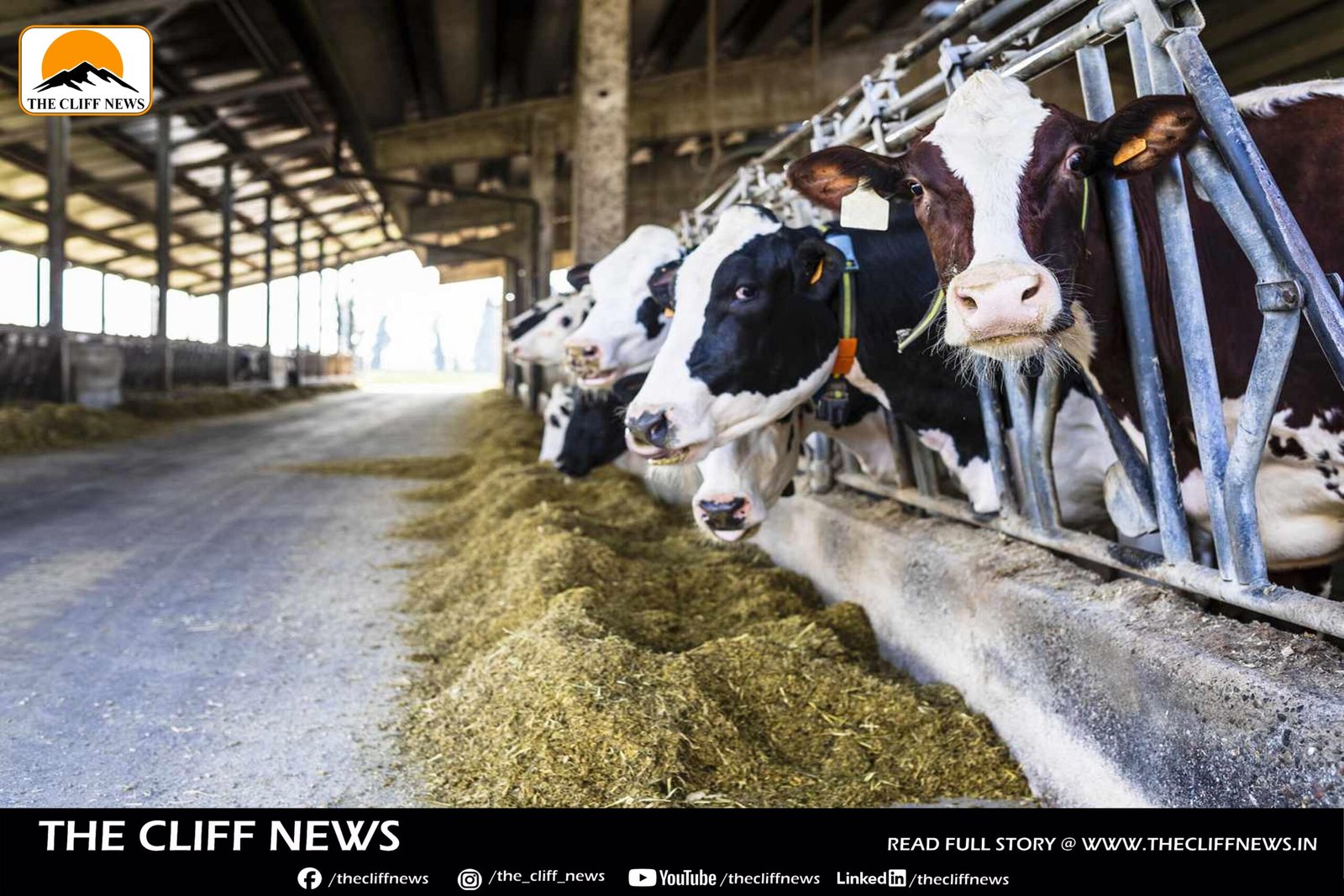India and the United States are in the final phase of negotiating a long-awaited trade agreement, but talks remain tense as both sides grapple with sensitive sectors like dairy, agriculture, digital trade, and medical services. According to insiders, Washington is pressing for greater market access in these areas, while New Delhi is resisting, seeking a balanced agreement that protects its vulnerable sectors.
A high-level U.S. delegation, led by Brendan Lynch, Assistant U.S. Trade Representative for South and Central Asia, held extensive talks in New Delhi from June 4 to June 10. While half of the team has returned to the U.S., key negotiators remain in India, pushing for firm commitments.
Agriculture and Dairy: Core Flashpoints
Former Indian WTO Ambassador Jayant Dasgupta, in an interview with CNBC-TV18, highlighted India’s firm stance against the entry of common U.S. dairy products, citing cultural and market sensitivities. Only niche or “sophisticated” items like certain cheeses, with limited domestic demand, may be considered for import.
India also maintains a strict ban on genetically modified (GM) crops, a major sticking point. However, non-GM products with appropriate certification might be allowed. Items such as corn and soybeans, staples in U.S. exports, are still expected to carry high import duties, unless the U.S. agrees to a tariff rate quota (TRQ) system that caps volumes at reduced tariff rates.
India’s “Zero-for-Zero” Tariff Demand
New Delhi is pushing for a “zero-for-zero” agreement, eliminating tariffs on both sides. But the U.S. is reluctant, reportedly seeking to maintain a 10% tariff on Indian goods. Dasgupta argues that even this reduced duty could work in India’s favour, especially if rival exporters like China and Vietnam continue facing steeper tariffs in the U.S.
Trade Pact Timeline
India has proposed a three-stage roadmap to finalise the trade agreement:
- Interim Agreement (by July 8): Covers a limited set of sectors to address urgent issues and ease tensions.
- Second Phase (October 2025): Expansion to include 19 additional sectors.
- Final Agreement: Requires U.S. Congressional approval, particularly if it involves rolling back protectionist tariffs introduced during the Trump administration.
However, Dasgupta cautioned that a complete rollback to pre-Trump tariff levels is unlikely, though moderate reductions may be achievable.
Clock Ticking on Reciprocal Tariffs
The negotiations are under added pressure due to the 26% retaliatory tariff the U.S. imposed on Indian goods on April 2, which has been temporarily suspended for 90 days, expiring July 9. India is pushing for a full exemption from this duty and is hoping to clinch an early harvest deal to stabilise trade relations and boost investor confidence.
As Commerce Minister Piyush Goyal leads parallel discussions in Washington, both nations are striving to bridge differences. The outcome of these talks will be crucial not just for resolving trade tensions but for shaping the future of India-US strategic economic ties in an increasingly volatile global landscape.



